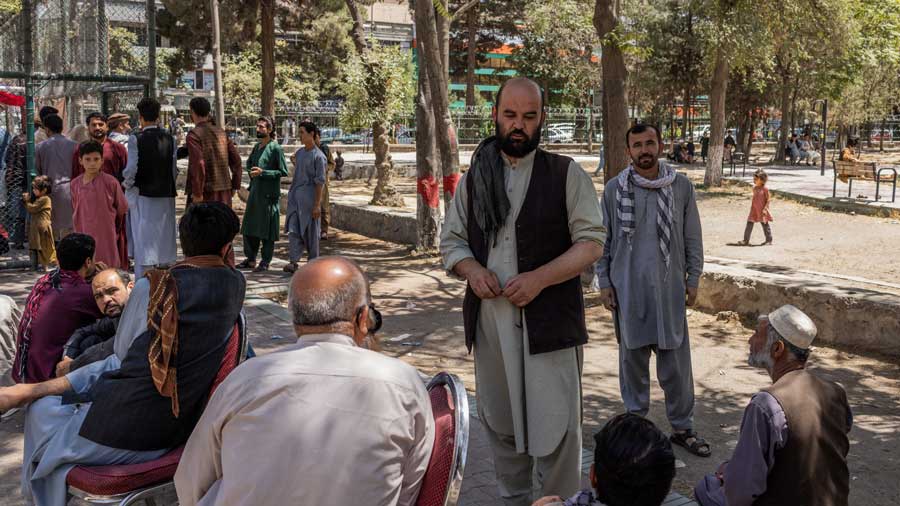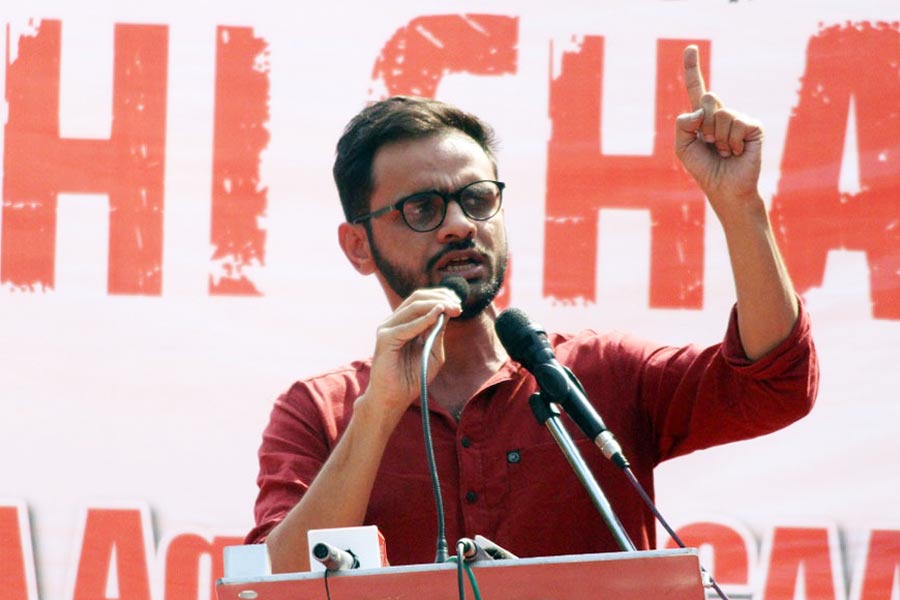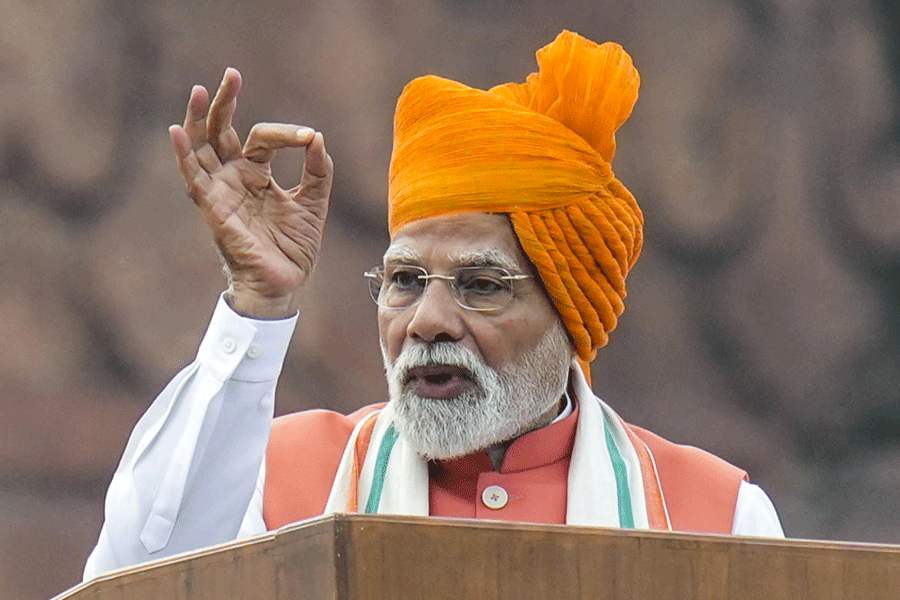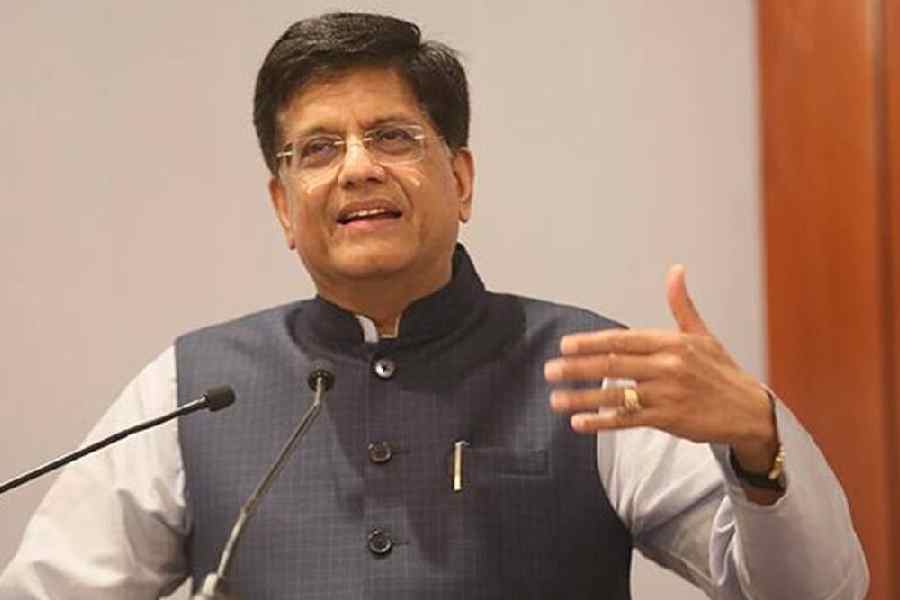It was the last month of 2016. In Kabul, the weather was cold in the evening. I was having tea with some colleagues — most of them were from Europe — near Wazir Akbar Khan Chaurahi. I was conversing with an experienced colleague who had worked in Afghanistan for 11 years and had come to Kabul on a short auditing assignment. “How can peace be restored in Afghanistan?” I asked him. “The more you learn about Afghanistan, the less you will understand,” he answered.
Afghanistan is in the news, once again. American forces will leave the country by the end of August. Defence experts are analyzing the impact of this move, but a rundown of the history of Afghanistan would give us some rare insights.
Soviet troops entered Afghanistan in December 1979. They arrived in support of the government led by the People’s Democratic Party of Afghanistan. Opposition leaders and commanders formed an umbrella entity, the mujahideen, and fought against the Soviet army. The mujahideen received financial and arms support from the countries opposed to the USSR’s intervention. Soviet troops left Afghanistan in 1989. The mujahideen celebrated independence, while the refugees dreamt of returning home. Alas, peace wasn’t restored. Mujahideen factions began fighting amongst themselves over power-sharing mechanisms. Afghanistan fell into chaos, once again, between 1990-1995 as different mujahideen leaders fought to seize power in Kabul. Some warlords appointed themselves ‘governors’, captured parts of Afghanistan, and fought for supremacy.
Then, Pashtun students from madrasas (Talibs) on the Afghanistan-Pakistan border came forward to seize power and enforce sharia law in the country. Most of them were from the Deobandi school. The Taliban made Kandahar their most important centre and within a year, they had overthrown the mujahideen leader, Burhanuddin Rabbani, and captured Kabul. By 1998, the Taliban dominated almost 90 per cent of the country. Saudi Arabia, Pakistan, and the United Arab Emirates recognized the Taliban government. Girls older than 10 years were banned from going to school and their access to cinema, television, and music restricted by the Taliban.
American forces attacked the Taliban in 2001 and ousted them from Kabul. But the Taliban continued to dominate remote rural areas like Kunduz and Lagman. The US, the Afghan army and the police fought the Taliban for 20 years. Now that the US military has decided to leave the country, it is important to reflect on what has been achieved for the people of Afghanistan.
The violence has not stopped. The memories of attacks on Kabul University, the American University, students of the Hazara community, Sikhs and Hindus, women and journalists have not faded away. Even in 2020, more than 6,000 civilians lost their lives in the violence even though the US army had not left.
The Taliban would also have to think about what they have gained from this relentless violence. Their commanders have also lost their children and relatives in the bloodshed. Many Taliban leaders have spent their formative years in refugee camps. Young educated Afghans are migrating to other countries. Globally, the highest number of refugees are from Syria and Afghanistan.
The mujahideen mobilized people in the name of religion and introduced new textbooks in the refugee camps. These textbooks aimed at raising fighters for the future. Gradually, values such as coexistence, peace, pluralism, gender equality and minority rights disappeared from the discourse. The textbooks prepared by the mujahideen were introduced in all schools once the Soviet troops left the country. The Taliban continued with these textbooks but enforced stricter codes of religious discipline and dressing. While teaching Mahatma Gandhi’s concept of non-violence to my Afghan students, I noticed that the majority of them remained silent. After many entreaties, a student replied that in Afghanistan they were not exposed to Gandhi’s way of thinking. The only way was to seek badla.
Only Afghans can ensure lasting peace in their country. Change can be ensured by challenging the mindset of the young people. Modern school education — English and French schools — started only at the beginning of the 20th century while exclusive girls’ schools and nursing training for women began in the 1920s, Kabul University was established in the 1930s. This was followed by the founding of a series of institutions, including polytechnics, teacher-training colleges, medical colleges and so on. Given the existing complexities, generating trust among ethnic and political groups would be a herculean task for any other country. Perhaps the way forward in Afghanistan is through dialogue and lasting investments in education.










